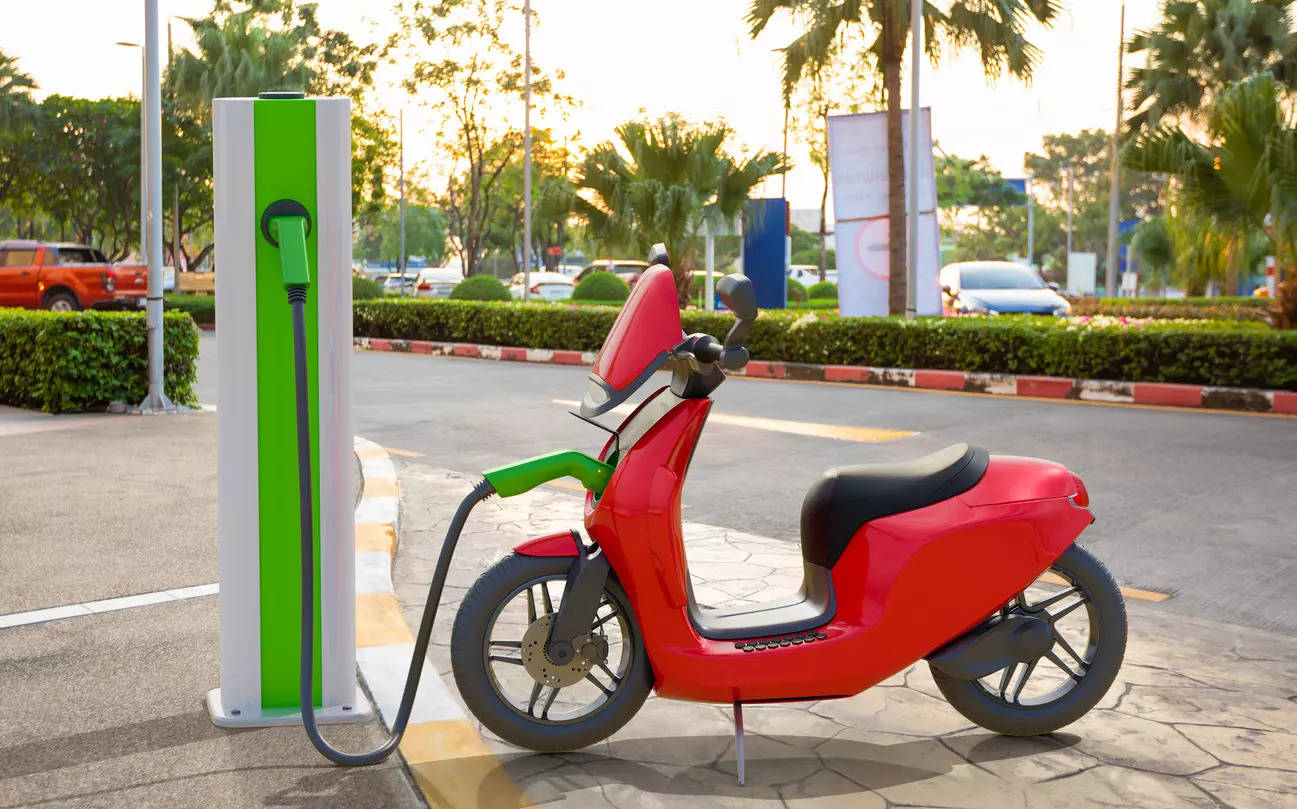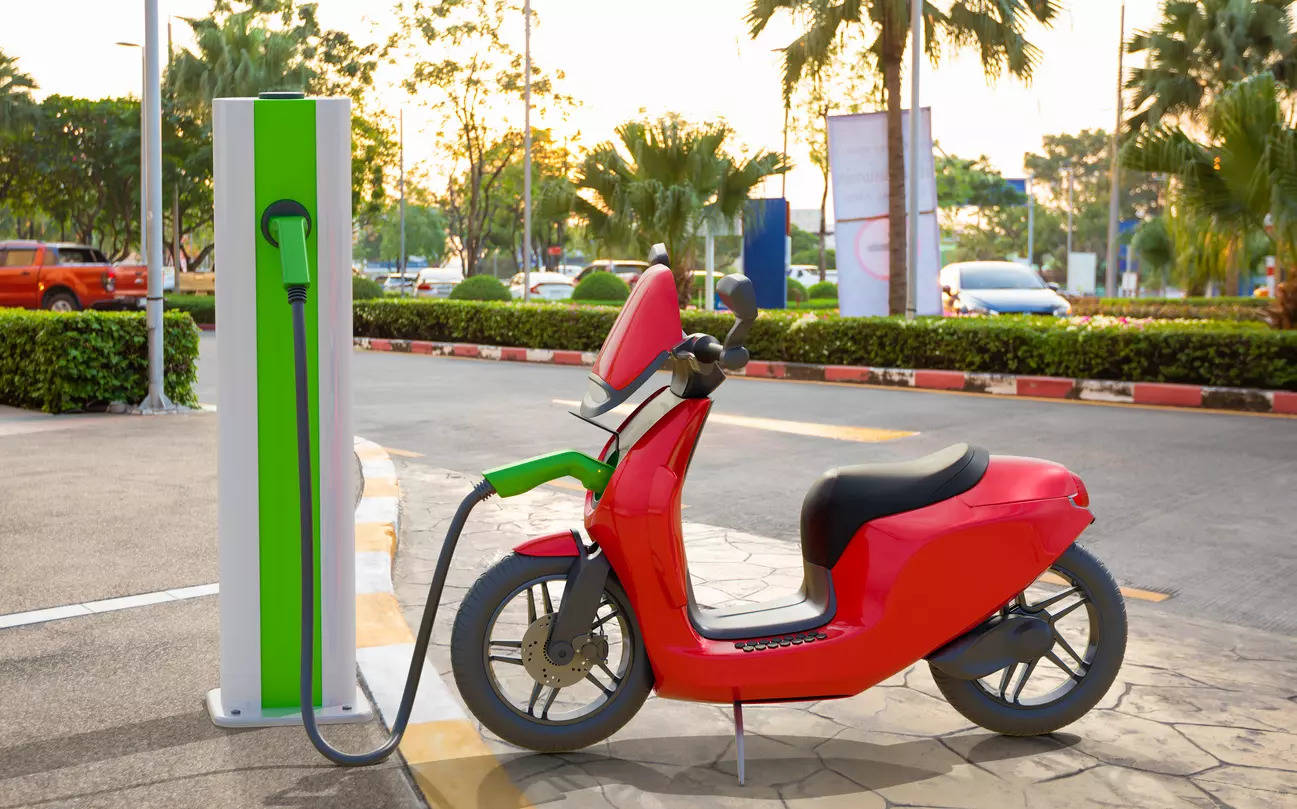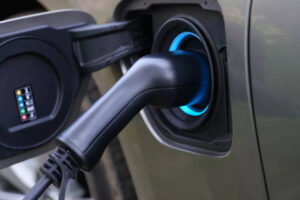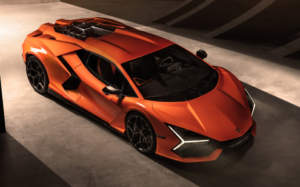
New Delhi: In the first quarter of the new financial year, sales of electric two wheelers (e2w) were lower by about 400 units on an average every single day compared to the year ago period.
And even though the top three e2w OEMs – Ola, Ather and Bajaj Auto – sold more year-on-year, most others sold a fraction of their previous year numbers, confirming fears of a widespread consolidation in the industry due to alleged subsidy misappropriation earlier and subsequent government action.
Hero Electric, an erstwhile market leader, could not sell even a 1000 units during the June quarter versus over 6000 in Q1 of previous fiscal; Okinawa sold just about 1400 units versus over 8000; Ampere could not reach even the 500 unit mark this Q1 against about 19,000 units in the previous fiscal. Even TVS Motor Company posted a decline, to below 30,000 units versus over 35,000 units in Q1 of FY24.
According to some industry watchers, the outlook for sales remains muted even in the current quarter, despite wide expectations of a third edition of the purchase subsidy scheme being announced in the Union Budget later this month. Any uptick will likely come from the second half of the fiscal year.
So why has the sales momentum suffered? An official from one of the e2w OEMs, which has seen a rapid decline in sales, said the reasons were obvious. “A lot of buying happened in March since the FAME II regime was coming to an end by March 31 and subsidy amounts were lower under the new scheme, which began from April one. The contraction was largely on expected lines,” he said, requesting anonymity.
FAME II or the Faster Adoption and Manufacturing of Electric Vehicles, was the second edition of the scheme where OEMs were permitted to claim specified subsidy amounts on the sale of e2w. FAME II ended last fiscal and the government subsequently announced the Electric Mobility Promotion Scheme (EMPS) where the maximum subsidy for e2w was lower than in FAME II, at INR 10,000.
Subsidy may get squeezed further:
Multiple people who are part of the consultative process with the government on devising the contours of the new subsidy regime, a FAME III, told ETAuto that under the new scheme, the focus will shift from promoting e2w sales to three wheeler and commercial vehicles. “In discussions about FAME III, e2ws have not been on the agenda. I believe electric three wheelers will get a subsidy and so will electric four wheelers as well as electric trucks,” said one of these people. A second person said “we do not expect much support for the e2w industry in the Budget. The subsidy amount may come down to INR 5000 or so, which is insignificant”. The second person said that in any case, the e2w industry is “already dead, since only two players matter now – Ola and Ather. Even ICE majors Bajaj and TVS are likely to re-focus on their ICE business once they see e2w volumes struggling”.
But the founder of Omega Seiki Mobility, Uday Narang, was optimistic about e2w industry volumes picking up later in the year. “I do see numbers improving but this slowdown could extend into the first half of the current quarter. For the fiscal year, there should be more clarity and numbers will pick up in H2.”
Consolidation:
The industry has been in the consolidation phase for many months now, with erstwhile market leaders barely operating their manufacturing plants due to severe working capital issues even as the top four or five OEMs continue to tighten their grip on the market. Ola claimed 46% of the market by the end of June, saying it has achieved 57% growth in Q1 of FY25 over Q1 FY24. Anshul Khandelwal, Chief Marketing Officer, Ola Electric Technologies, said: “We have been the market leader in the EV 2W segment for seven consecutive quarters now. Our steady market leadership reflects the strength of our expansive S1 portfolio with the product offerings across attractive price points, making EVs accessible to everyone.” Ather and Bajaj Auto also increased their share of the market during Q1.
But an official at one of the OEMs, whose market share has shrunk, pointed towards policy flip-flops and continued issues with the supply chain for its debacle. “One of the biggest raw materials in EVs are battery cells, which have to be imported from China. And it is difficult to depend on Chinese OEMs because of lax quality control, pricing issues and supply constraints.
For example, the February-April period is the biggest sale period for Indian OEMs but the Chinese suppliers go into a shutdown due to the Chinese new year in March. Manufacturing is starting for key raw materials in India, but reaching scale will take some time”. This OEM and many others have been at crossroads with the government over allegations of subsidy misappropriation and subsequent legal issues. Many of the OEMs which fell foul of the subsidy regime have not been allowed back in and have consequently suffered working capital woes as sales fell to a fraction of the previous numbers.
Rural push:
Kaushik Madhavan, VP & Global Head – Mobility Advisory at MarketsandMarkets, says that the sales downtrend in e2w “is a very short blip” and the top OEMs are already taking several measures which would aid recovery. So Ather, for example, has launched a subscription model which allows customers to make monthly payments instead of making an upfront payment to buy the vehicle. This could be INR 20,000 or so and mirrors plans for iphone subscriptions where the buyer is not shelling out a large amount upfront but much smaller amounts in monthly instalments. Such schemes make e2ws more attractive for younger customers and first time buyers. Another leading e2w OEM has decided to decouple the cost of batteries from the vehicle – batteries account for 40-45% of vehicle cost so this allows customers to purchase their choice of e2w at a significant discount. The batteries are then made available for a nominal monthly subscription.
Madhavan says that “Double digit growth is expected in FY25 in e2w sales. This will be fuelled by a stronger participation from NBFCs and micro finance organisations, driving uptake in rural and upcountry markets”.






